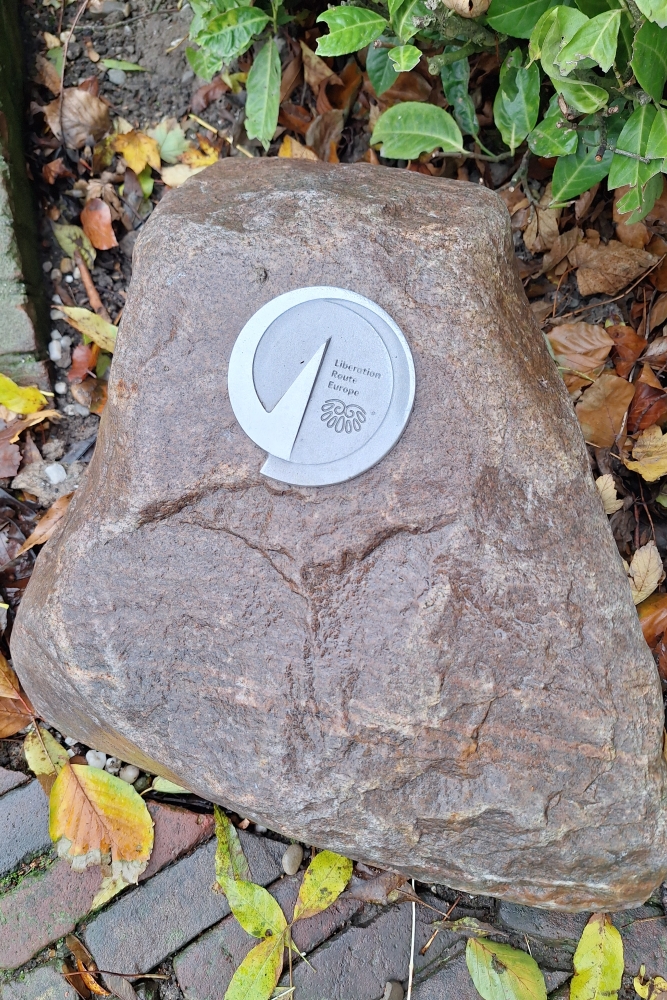Zanten, van, Johannes
- Date of birth:
- June 1st, 1911 (Culemborg/Gelderland, the Netherlands)
- Date of death:
- December 2nd, 1944 (Apeldoorn/Gelderland, the Netherlands)
- Buried on:
- Dutch War Graves Old Communal Cemetery Kesteren
Plot: 1. Row: 7. Grave: 12. - Nationality:
- Dutch
Biography
Lived in Kesteren, Nederrijnstraat K 84. Son of Dirk Hermanus van Zanten (farmer) and Jannigje van Santen. Married to Adriana Elizabeth Brienissen (five children). Contractor for the Dutch Heath Society. Dutch Reformed. Member of the resistance under the alias Van Buren. Van Zanten was leader of the KP-Betuwe and had close ties with the KP-Soest. In the autumn of 1943, he resigned from the Heidemij to devote all his time to the resistance. He took part in armed raids on distribution offices in Geldermalsen, Ochten, Maurik, Opheusden and Tiel and the removal of the population registers from Kesteren and Echtfeld. Van Zanten was in charge of a raid carried out by the KP-Soest on the safe of the Population Department of the municipality of Tilburg. The spoils of the “Tilburg stamp raid” consisted of 105,000 control stamps and 700 blank identity cards. Prof. Dr. L. de Jong considered this raid to be “one of the most important ‘feats’ in the history of Dutch illegality”. Van Zanten also sabotaged railway tracks and bridges and fired on German trains. In addition, he was in charge of the highly active British intelligence service in his area, which reconnoitred the German lines during the day and brought the information to the Allies at night. The following morning, the Allies were able to attack the German positions with the help of the information obtained. After the Battle of Arnhem, his resistance group managed to guide dozens of stranded Allied soldiers to liberated territory. Van Zanten was also involved in one of the failed attempts to free prisoners from the Arnhem detention centre. On 22 November 1944, he and nine others were arrested at a meeting of the BS, which Regional Commander Albert Ferdinand Krikke (“Van Breukelen”) had convened for the commanders in Utrecht and the Betuwe in the Utrecht Chamber of Commerce. Together with Jakob Vos, Jacob Engelaan, Seerp Postma and Gerrit Westdijk, the Germans transferred him to the King Willem III barracks in Amsterdam. On 2 December 1944, the five resistance fighters were shot dead along with eight others at the earthen embankment on the football field near the barracks, after a reconnaissance mission intended to organise a liberation operation had failed. The scouts, two important members of the resistance, paid for this with their lives. Van Zanten was posthumously awarded the Bronze Lion. Streets in Kesteren, Meteren, Tiel and Tilburg have been named after him. His name also appears on the war memorial on Sportlaan in Apeldoorn.
Do you have more information about this person? Inform us!
- Period:
- Second World War (1939-1945)
- Unit:
- Verzet
- Awarded on:
- March 31st, 1952
- Period:
- Second World War (1939-1945)
- Unit:
- Verzet






